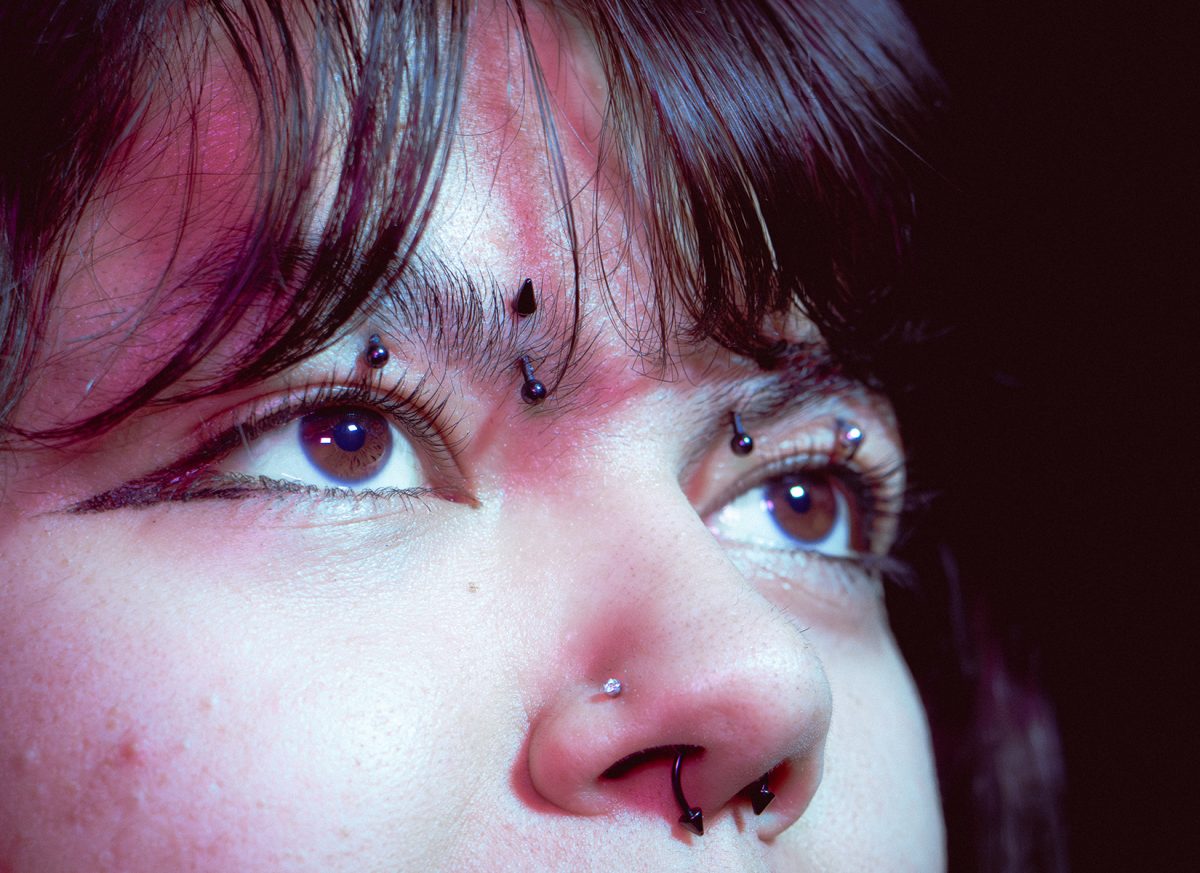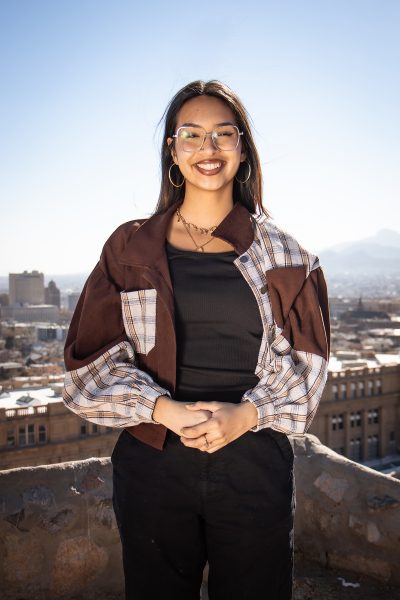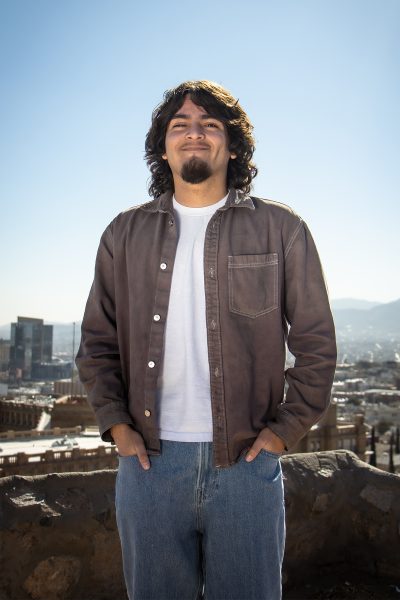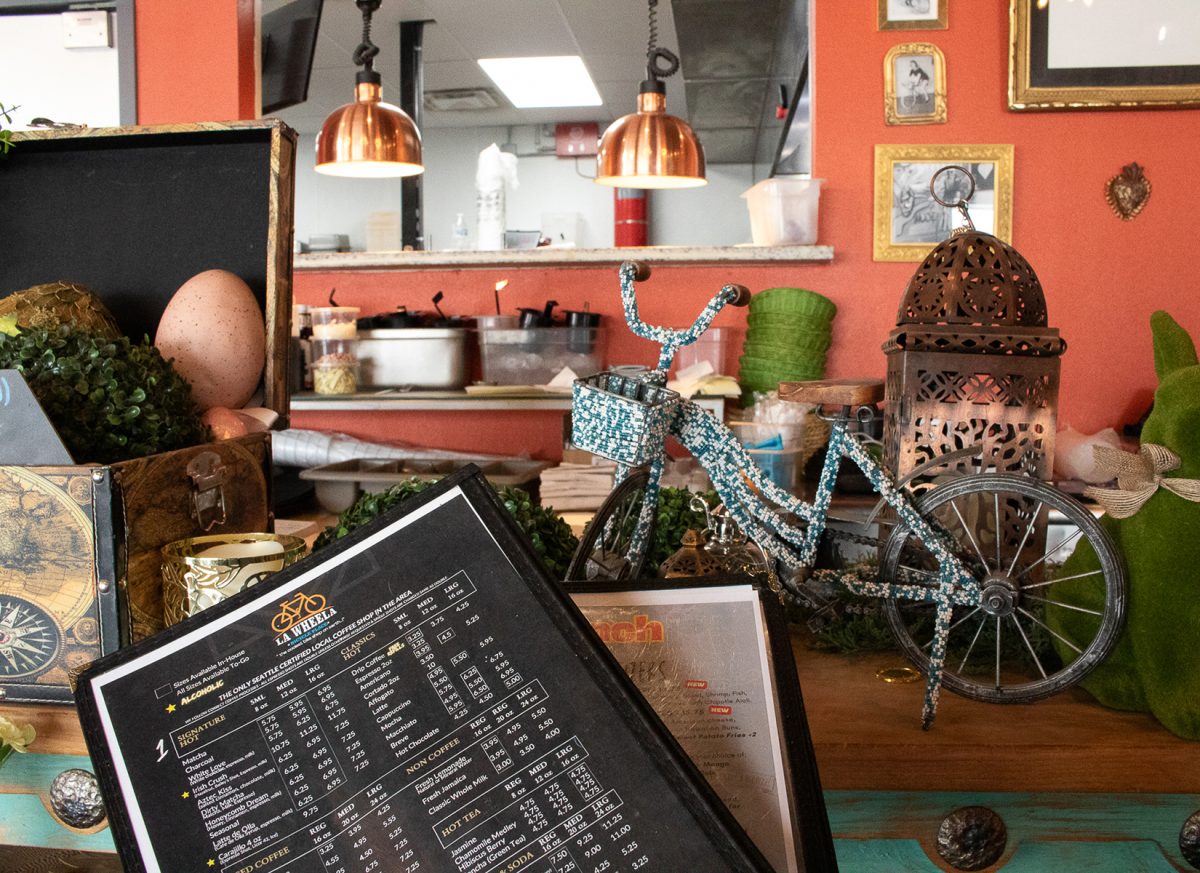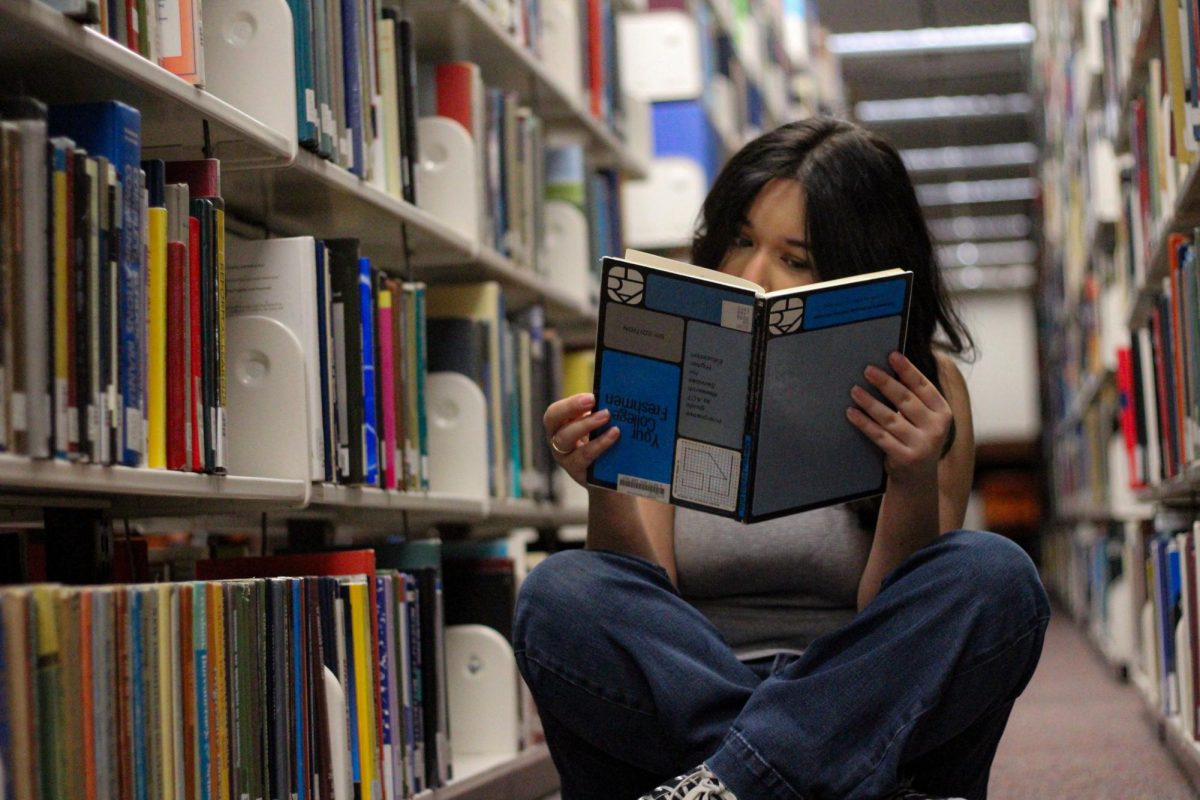An “inked up” arm or jewelry through one’s nose or lips could tell many stories, or it could be a simple symbol of a person’s personality. The evolution of tattoos in the modern day comes with different perspectives and views that are ever-changing.
Worldwide, tattooing and body modifications could be traced back to before 3300 B.C.E., and has history everywhere in the world. Tattoos were a norm in Japan during the Paleolithic era, Egypt and Greece were also pioneers of body modification, and the word “tattoo” originated from the Samoan and Polynesian people. Native Americans also held body modifications to a pedestal as they symbolized adulthood and mourning. Ages of conservatism in the 19th and 20th century turned tattoos and piercings into taboo symbols as they were often seen on criminals and non-conformists when it came to counter-culture movements. This further associated these types of body modifications with acts of defiance.
In 2025, it’s not uncommon to find someone else who has a tattoo or piercing. The reasons behind people’s body modifications vary from person to person and so do the reactions to needle poking and piercing people’s skin.
University of Texas at El Paso (UTEP) student, Sydney Brock, is studying art with a minor in education and has a total of 13 tattoos and piercings. They work as an elementary school intern helping out the drama club and are constantly surrounded by older and newer generations.
Brock said that their body modifications of choice is a topic of conversation that many can’t resist bringing up. For negative comments made, they also get an equal share of approval and praise.
“If someone were to tell me that my piercings were unprofessional, I get it from people who are older like more Generation X and Boomer people than millennials and Generation Z,” Brock said.
Brock feels as if a cultural shift in the attitude towards body modifications is changing. They recall having K-12 teachers who had tattoos, piercings and gauges and never believing it was a big deal. Now as an elementary school intern, they also notice their look is not a significant determining factor to the quality of work they produce. In fact, their look gets the kids to warm up to them.
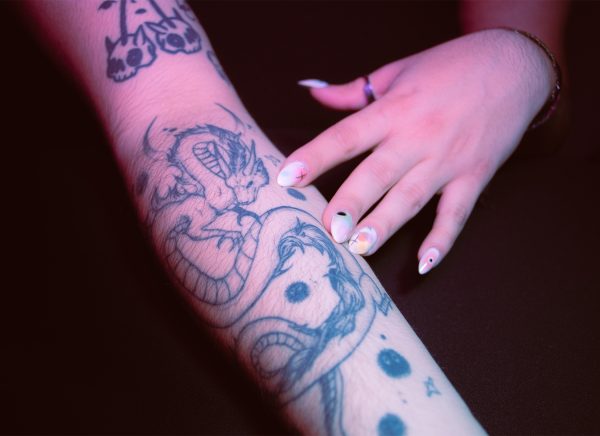
“My students actually think that I’m really cool because I not only have the (piercings) that I have, but I also have my tattoos,” Brock said.
Despite this, the backlash from older generations still happens. Brock said their older family members took some time to adjust to the idea that their kids and grandkids were using their bodies as canvases of personal expression.
“They were confused at first, but as time went on, and more of us kept getting (body mods), they started being like, ‘Oh that’s cool,’” Brock said.
Tattoo artist of almost three years, Vanessa Gardea, has also noticed the cultural shift, as older generations have become more accepting of body modifications and encourage to express in the same way after years of doubt.
“I have received so much love from the older generation (in my journey),” Gardea said. “They are starting to live their lives out. It’s like they’ve been concealing themselves for so many years under that influence that tattoos and piercings are not okay. Our generation is way more accepting.”
In her line of work, Gardea sees that a new acceptance of the quirkiness and “weirdness” of body modifications is becoming something that is making people of all ages learn to be themselves.
“These older generations are coming to me and telling me because ‘I didn’t want to seem like a bad person. But now I’m older, I don’t care,’ and they’re getting their first tattoos at the age of 40 and up. It’s amazing to see the world become accepting of expression on our bodies,” Gardea said.
Although frowned upon in prior years, young fans of body modifications have seen the cultural shift starting within their own communities, opening the door to freedom of expression.
Jesie Garcia is a staff reporter and may be reached at [email protected] or on Instagram @empanaditawrites.


